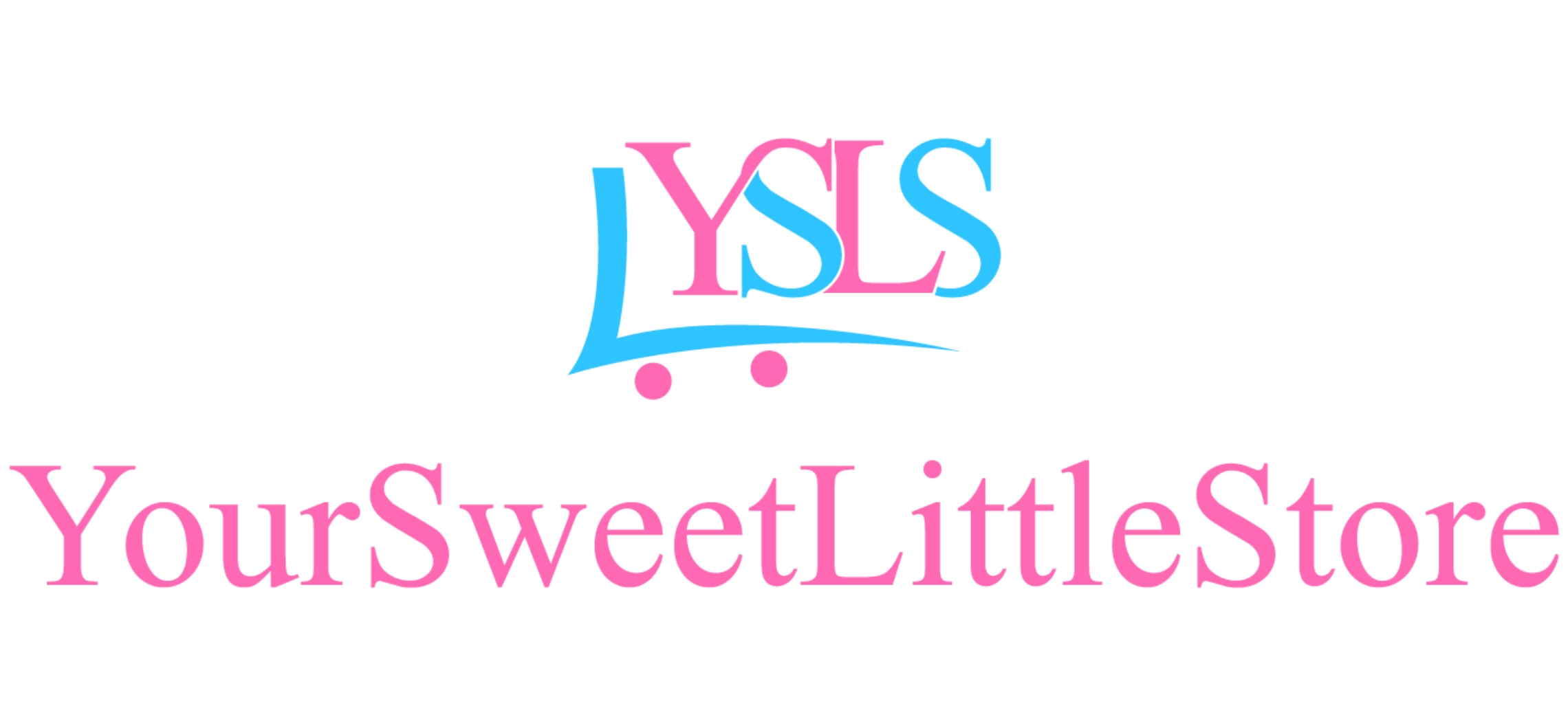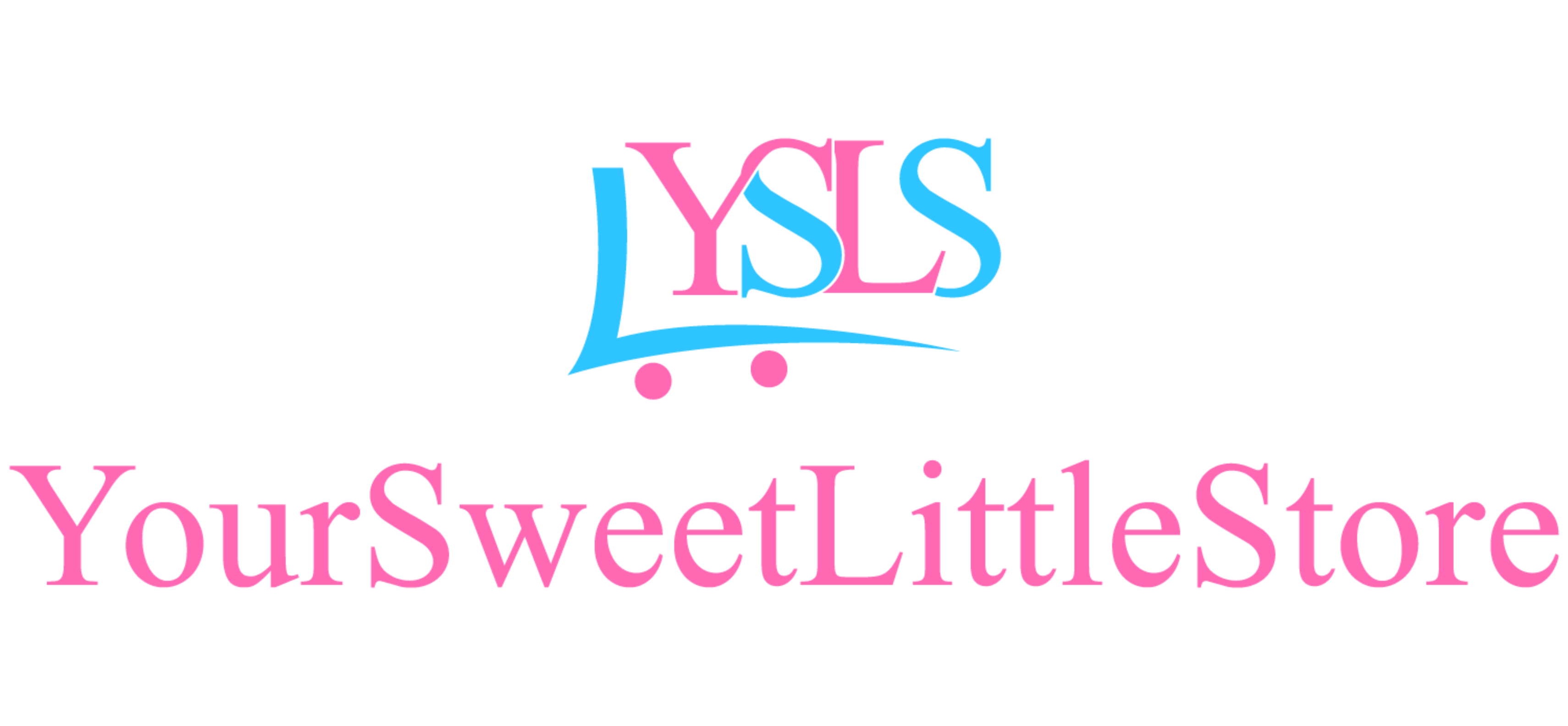Categories
Recent Articles
-
Learning through play is an important part of a Child's development. August 06, 2021
-
Newborn and Baby Feeding Schedule: How Much Should a 0-3 Month-Old Eat? August 03, 2021
-
Baby Feeding Schedules by Food Type and Age August 03, 2021
Tag Cloud
Featured Products
Baby Feeding Schedules by Food Type and Age
Parents, especially first-time ones, often look for specific rules about what to feed their baby and how much to give them at every stage of their first year of life. There is no such thing as a one-size-fits-all diet for babies. While this might seem frustrating, it's actually a good thing.
Breastfeeding
Newborns breastfeed about eight to 12 times a day, around the clock—every two to three hours. Once they get the hang of breastfeeding and are gaining weight, they may space out their feedings to around eight times a day.
Feedings Per Day
The expected number of breast-feeding's per day are:
- 7 to 8 times a day by 3 to 4 months of age
- 5 to 7 times a day by 5 to 6 months of age
- 4 to 6 times a day between 7 and 12 months of age
- 3 to 4 times a day after 12 months of age until the baby and breastfeeding mom are ready to wean
As well, a nursing baby may want to nurse more often during a growth spurt. The American Academy of Pediatrics (AAP) recommends that "breastfeeding should be continued for at least the first year of life and beyond for as long as mutually desired by mother and child." If a breastfeeding baby weans before 12 months old, then the baby should be given an iron-fortified baby formula.
Baby Formula
In the book Your Baby's First Year, the AAP says: "Most babies are satisfied with three to four ounces per feeding during the first month, and increase that amount by one ounce per month until reaching eight ounces." That means a two-month-old baby will probably be drinking about four to five ounces of baby formula at a time.
Some babies never reach eight ounces, though, topping out at five to six ounces at a feeding. The AAP provides another guideline about baby formula, suggesting that "on average, your baby should take in about two and a half ounces of formula a day for every pound of body weight." So for a two-month-old baby who weighs 12 pounds, that would be about 30 ounces a day.
Bottles Per Day
The average baby drinks:
- 4 to 6 bottles of formula a day until they are about 6 months old
- 3 to 5 bottles of formula between 7 and 9 months of age
- 3 to 4 bottles of formula between 10 and 12 months of age
- 16 to 24 ounces of whole milk a day, offered with meals once they are 12 months old
Cereal and Baby Food
Do you have to start with cereal? Does the order of fruit or vegetables matter? How much food should babies be eating when they are six, seven, or nine months old?
Once you have determined that it is the right time to start solids (the American Academy of Pediatrics suggests around six months of age), you can use an infant cereal or you can jump right into vegetables and fruit via purees or baby-led feeding.
If you do opt for infant cereal, experts usually recommend offering an assortment of grains, as opposed to just rice cereal as the first food you give to your baby. Always feed cereal with a spoon, not a bottle.
After starting with just one or two teaspoons at a time, your baby will likely move up to three or four tablespoons of cereal once or twice a day. Vary the grain source of the cereal (oatmeal, barley, wheat, rice) so the baby isn't getting the same grain all of the time.
You can start other types of baby food at any point and this is a great way to introduce baby to a wider variety of flavors. There is no reason to introduce vegetables before fruit (a common myth); the important thing is to expose your baby to many different flavors.
You can start with mild-tasting vegetables and fruit, but don't assume what your baby will like or dislike. Keep in mind that they may need to try a flavor multiple times before they enjoy it. Remember, all flavors are new to them! As with cereal, start with a few teaspoons and then work your way up to three or four tablespoons once or twice a day.
Amount of Food Per Day
It’s normal for babies to have shifts in their preferences from day to day. If you are concerned about your baby’s intake, ask your pediatrician or a registered dietitian. Broadly, most babies eat:
- 4 to 6 months: 3 to 4 tablespoons of cereal once a day, and 1 to 2 tablespoons of a vegetable and fruit 1 or 2 times a day
- 7 months: 3 to 4 tablespoons of cereal once a day, 2 to 3 tablespoons of a vegetable and fruit twice a day, and 1 to 2 tablespoons of a meat and protein food once a day
- 8 to 12 months: 4 to 8 tablespoons of cereal once a day, 2 to 4 tablespoons of a vegetable and fruit twice a day, and 1 to 3 tablespoons of a meat and protein food twice a day
As babies get older, they move through the classic baby food stages and steps, starting with pureed, single ingredient baby foods and gradually moving up to foods that have more texture.
Finger Foods and Table Foods
If you started baby on purees, it can be an exciting time to introduce them to finger foods. Baby can share many of the same foods you and your family eat, but they’ll need to be seasoned, cut, and cooked appropriately.
Use little to no salt and take care that the texture and shape of foods offered do not promote choking. By eight to nine months of age, babies are quite adept at grasping food and getting it to their mouths. They will likely enjoy feeding themselves.
Watch your baby carefully as you offer very small pieces of finger foods, avoiding choking hazards, such as whole grapes, raisins, raw vegetables, and large chunks of cheese.1 It's also important to be caught up on baby CPR guidelines. Good finger foods include:
- Chopped cooked eggs
- Cereal puffs made for babies
- Cooked pasta
- Crackers
- Cut-up, cooked chicken, meat, and fish
- Diced cooked vegetables
- Diced pasteurized cheese
- Small pieces of toasted whole-grain bread
- Slices of ripe fruit
- Toasted O-shaped cereal
Once your child has mastered eating finger foods, you might introduce a small utensil, along with mixed dishes, to their meals. You can also usually introduce yogurt at this age.
By the end of his first year or the beginning of his second year, your baby will likely be eating the food that the rest of the family is eating.
Vitamins Your Baby Needs
Babies can get most of the vitamins they need from their food. They need:
- Iron from a breast milk, iron-fortified baby formula and cereal, and other iron-rich foods
- Fluoride from drinking fluoridated water (most brands of bottled water are not fluoridated)
- Vitamin D from baby formula; exclusively breastfeeding babies will need a vitamin D supplement
Foods to Avoid During Baby's First Year
Just as important as knowing when to start each food is knowing which foods to avoid. Before your baby turns one year old, avoid these foods entirely:
- Choking hazards
- Cow's milk (associated with iron-deficiency anemia)
- Fruit juice
- Honey (botulism risk)
- Raw or undercooked eggs, meats, or fish
- Unpasteurized cheeses
copyright by verywellfamily.









